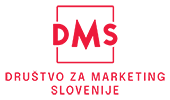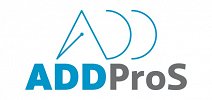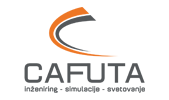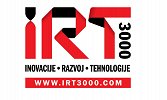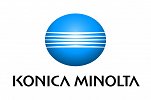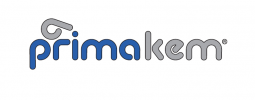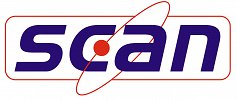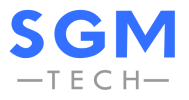Workshop on metal 3D printing and plasma electrolytic electropolishing (PeP) for industrial partners
23 Jan 2024
How can the benefits of metal 3D printing be used in toolmaking, prototyping or low volume production? How can additive manufacturing technology be used to produce a product with a tough core and a hard shell? How can plasma electrolytic polishing (PeP) be used to treat the entire surface of a product at once? These are just some of the questions to be answered at a workshop with the working title "Industrial Challenges of Additive Manufacturing Technologies".
 It is aimed primarily at industrial partners: not just production managers, design engineers, industrial designers or technology engineers, but also CTOs and CEOs. Why the latter? Because they are the ones who have to decide whether to apply additive manufacturing to their production process and take advantage of its benefits to add value, simplify the process or reduce production costs.
It is aimed primarily at industrial partners: not just production managers, design engineers, industrial designers or technology engineers, but also CTOs and CEOs. Why the latter? Because they are the ones who have to decide whether to apply additive manufacturing to their production process and take advantage of its benefits to add value, simplify the process or reduce production costs.
The "Industrial Challenges of Additive Manufacturing Technologies" workshop will take place on 11 June, the second day of the Industrial Forum, and will be led by Assoc. Prof. Dr Joško Valentinčič from the Laboratory for Alternative Technologies at the Faculty of Mechanical Engineering, University of Ljubljana, together with representatives from the Laboratory of Synergetics, Faculty of Mechanical Engineering, University of Ljubljana and two lead project partners.
3D printing technology is particularly useful for the production of one-offs, small series and, above all, individually-tailored products (such as prosthetics). "Although 3D printing technologies are increasingly being used in industry, they still have a lot of untapped potential," stresses Dr Valentinčič, adding that the aim of the workshop is to provide participants with concrete examples and many opportunities for collaboration within the SEAMAC project.
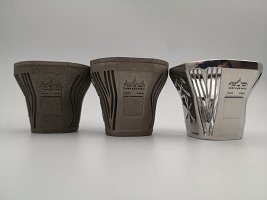 In addition to 3D printing, the workshop will also focus on post-processing. "In the field of laser metal deposition, plasma electrolytic polishing (PeP) is particularly interesting as an innovative post-processing technology, for which we have acquired a dedicated machine at the Laboratory for Alternative Technologies at the Faculty of Mechanical Engineering, UL, which is already in use," explains Dr Valentinčič.
In addition to 3D printing, the workshop will also focus on post-processing. "In the field of laser metal deposition, plasma electrolytic polishing (PeP) is particularly interesting as an innovative post-processing technology, for which we have acquired a dedicated machine at the Laboratory for Alternative Technologies at the Faculty of Mechanical Engineering, UL, which is already in use," explains Dr Valentinčič.
The workshop with a working title Industrial challenges of additive manufacturing technologies is being held as part of the Twinning project Strengthening the Excellence of Additive Manufacturing Capabilities (SEAMAC), funded by the European Research Executive Agency (REA). It is a three-year European project coordinated by researchers from the Laboratory for Alternative Technologies at the Faculty of Mechanical Engineering, led by Associate Prof. Dr Joško Valentinčič, and the Laboratory for Synergetics, led by Prof. Dr Edvard Govekar.
What is Plasma Electrolytic Polishing?
Plasma electrolytic polishing is a relatively new technology that has recently entered the industrial arena in a big way. It is a polishing process in which the product is immersed in an electrically conductive liquid and connected to very high voltages (200–300 V). A plasma bubble is formed around the product, treating the entire surface at once. This technology is very effective in surface smoothing and is gaining momentum with the increasing use of additive technologies. This method is particularly interesting for products with complex shapes, where access from all sides is required to improve the surface roughness and remove micro-cracks.








